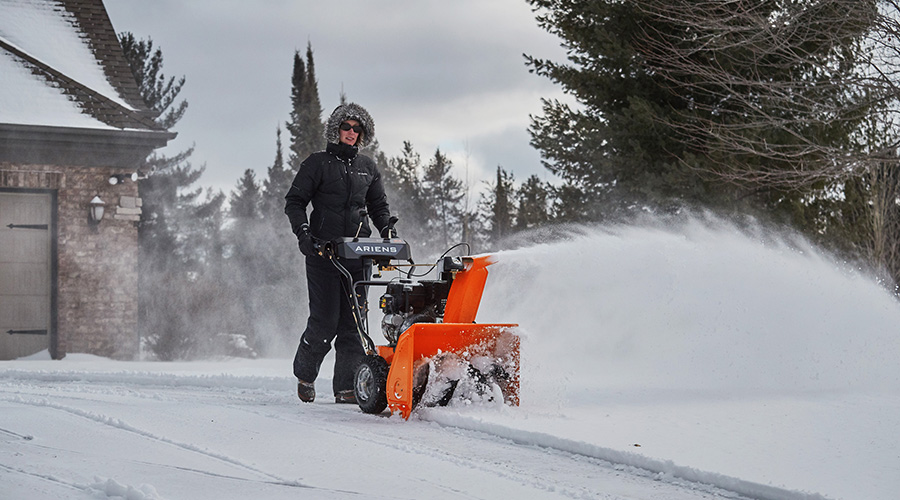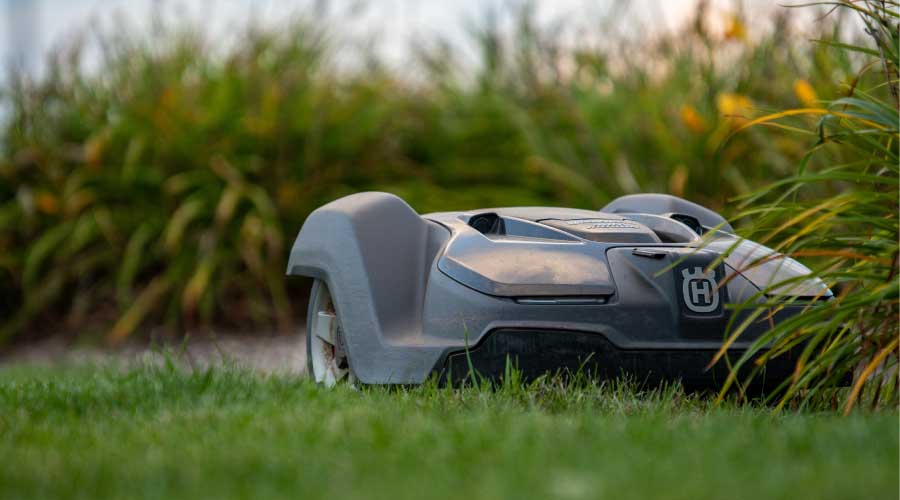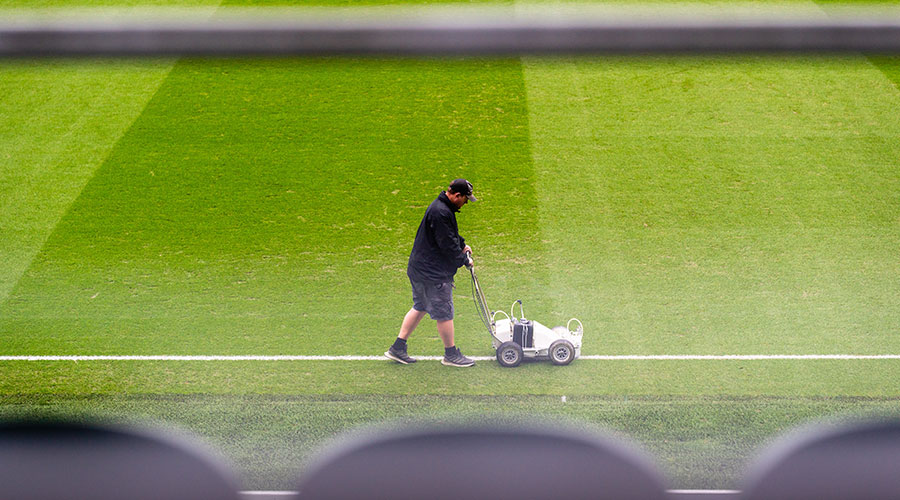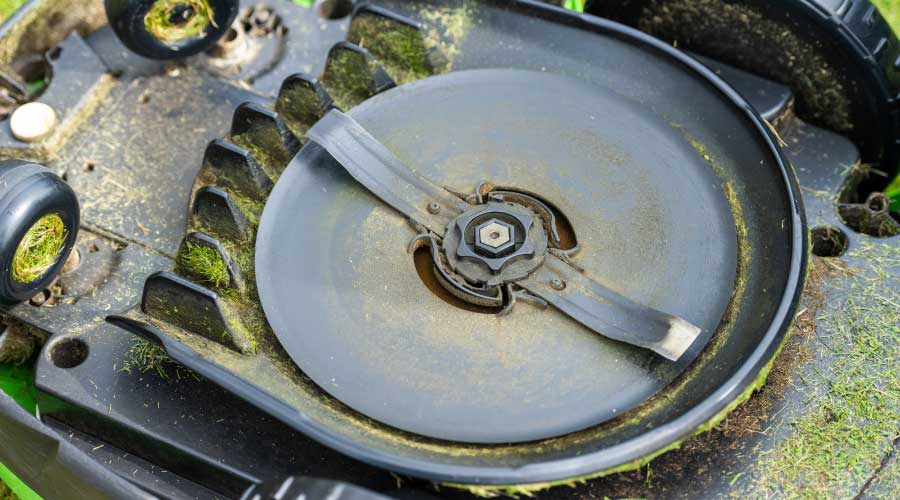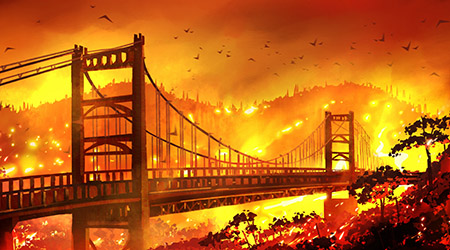 From landscaping selection to vegetation management plans, managers should take positive actions to reduce the overall wildfire risk for their facilities.
From landscaping selection to vegetation management plans, managers should take positive actions to reduce the overall wildfire risk for their facilities. Wildfire Resilience and the Role of Landscapes
An expanded fire season has underscored the need for ongoing vigilance in planning, preparation, and maintenance.
In 2021, more than 46,000 wildfires scorched more than 5 million acres of land. Many of these fires have happened outside of the traditional fire season, which is September and October.
The expanded fire season has underscored the need for ongoing vigilance when it comes to wildfire resilience planning, preparation, and maintenance by institutional and commercial facilities. Understanding the vulnerability of a facility extends beyond just the building and its contents. It includes the landscaping and hardscaping around its property.
A building’s first line of defense against an approaching wildfire is its surroundings. A building’s defensible space divides into three zones and is the area between a building and an approaching wildfire, where the facility maintenance team can manage vegetation and other combustible materials to minimize the chance of ignition and fire spread.
The team needs to manage this space and its contents to retain protection year-round. Landscaping with fire-resistant plants is essential to making a meaningful reduction in the wildfire risk to a facility, but there is no guarantee this effort will eliminate all risk.
Ignition issues
Zone One is located within 5 feet of the building and is often referred to as the building ignition zone. The objective of activities in this zone is to reduce the chance that ignition of combustible materials by embers will result in direct flame contact with the building. Because this zone is closest to the building, it requires the most careful selection and intensive management of vegetation and materials. Managers need to:
- Install hard surfaces in this zone, such as a concrete walkway, or use noncombustible mulch products, such as rock mulch.
- Remove dead plant material from vegetation.
- Plant acceptable landscape vegetation in this zone, including irrigated lawn and low-growing herbaceous — non-woody — plants. Shrubs and trees, particularly conifers, should not be used in this zone, and vegetation that could overhang the roof can lead to buildup of flammable debris on the roof.
- Limit plant selection to varieties that grow no more than 12 inches in height If the facility has noncombustible siding, such as fiber-cement and the decision is to have plants in this zone. Workers must water and care for vegetation in this zone as any plant can become highly flammable if it is dead, dried out, or not well maintained.
Suitable plants for this zone include creeping phlox, jellybean plants, and Mexican hen and chicks. It is important to note that each of these plants thrive in USDA Hardiness Zones 9 through 11 and have a maximum height growth of 8 inches. For additional plants suitable for wildfire-prone locations, managers can consult the Insurance Institute for Business & Home Safety (IBHS) Wildfire Ready landscaping guide for businesses.
Vegetation management
Zone Two, located within 5-30 feet of the facility or to the property line, is where vegetation management is important to prevent fire from climbing into the upper portions of trees or shrubs, and to stop the fire from burning directly to the building. Trees and shrubs in this zone should be in well-spaced groupings and well maintained.
Eliminating ladder fuels that can allow fire burning in low-growing vegetation to reach taller vegetation, and creating separation between plants or plant groupings, are effective techniques to fulfill this objective. These techniques include:
- Dead plant material and tree branches should be removed on a regular maintenance schedule.
- Create islands or groupings of vegetation that will result in a discontinuous path of vegetation, making it difficult for the fire to burn directly to the building. Embers still might be able to ignite individual islands of vegetation in this zone.
- Remove lower tree branches and nearby shrubs — ladder fuels — so a surface fire cannot reach the tree crown. Trees located within this area should be maintained with a minimum horizontal spacing of 10 feet between crowns. Branches should be removed from the bottom one-third of the tree height.
- Paved parking areas surrounding commercial developments can serve as fire breaks, preventing the fire from burning directly to buildings. The building would still have to maintain design features that minimize vulnerabilities to an ember exposure.
Suitable plants in this zone include blue glow agave, hosta lily, and sun roses. It is important to note that each of these plants thrive in different USDA Hardiness Zones and have different maximum height growth, with the tallest at 36 inches.
Slowing the roll
Zone Three, located within 30-100 feet of the building or property line, has the main goal of slowing down the fire and reducing its energy. Maintenance tactics include:
- Tree and brush spacing should force the fire in the tree or shrub crowns to drop to the ground.
- Trees should be spaced a minimum of 10 feet between crowns.
- Tree branches should be trimmed so they do not hang below 10 feet from the ground.
- Dead trees, leaves, and shrubs should be removed.
Suitable landscaping in this zone can include taller trees and bushes. Some examples that are hardy in USDA hardiness zone 3 through 8 are Canada red chokecherry, green ash and Kentucky coffee tree.
In addition to selecting the proper landscaping, managers should consider developing a vegetation management plan that provides details and pictures about topography — slope and aspect — location of buildings on the parcel, proposed fuel treatment details and location, presence of noxious weeds on site and in the vicinity, environmentally sensitive concerns — e.g., threatened and endangered species, as well as state-listed sensitive species and wetlands — and vegetation maintenance and monitoring programs.
The plan also should provide information on the way workers will develop and maintain the three defensible space zones. Managers should integrate the vegetation maintenance plan into their facilities inspection and maintenance plans. IBHS recommends doing inspections at every season change and after significant weather events.
From landscaping selection to vegetation management plans, managers should take positive actions to reduce the overall wildfire risk for their facilities. Working together with neighboring facilities can create a more resilient community. While managers cannot fully eliminate the risk of wildfire, together they can help reduce the damage and overall downtime of businesses.
Chris Cioffi is a commercial engineer with the Insurance Institute for Business & Home Safety.
Related Topics:









